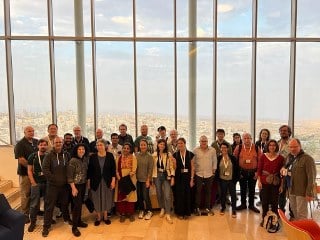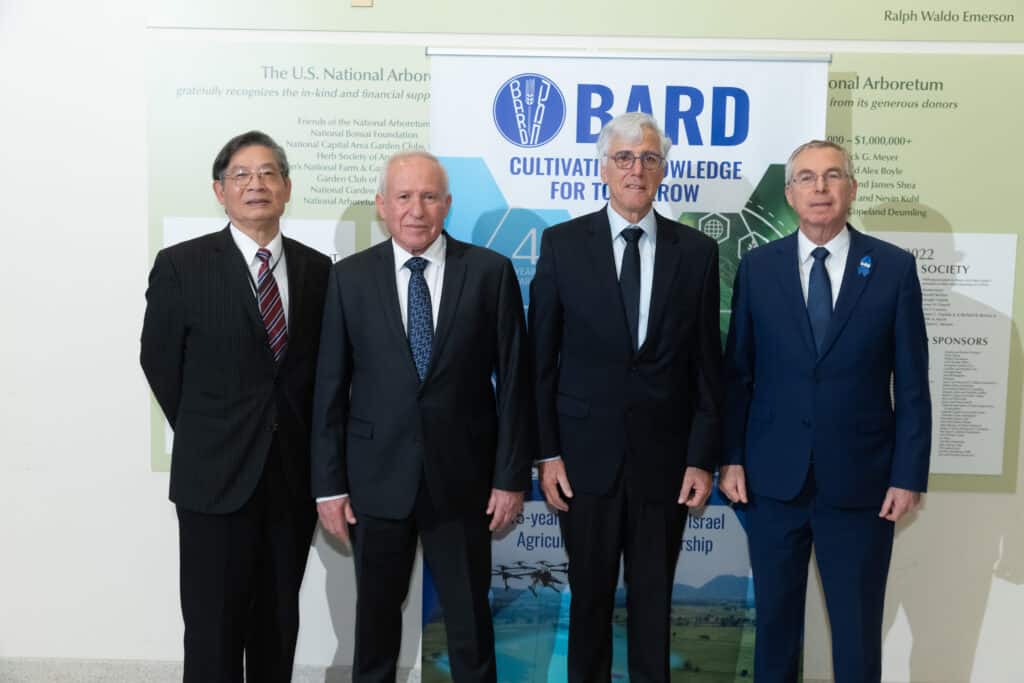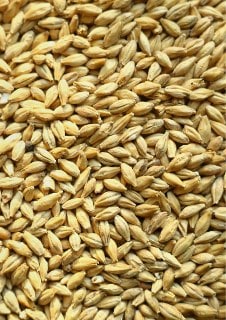Insect Reproductive Molecules and their Mechanisms
Understanding the molecules, organs and mechanisms that facilitate fertilization and are essential for reproductive success provides essential information for designing safe and efficient ways to control invasive and/or crop-pest insects, as well as illuminating conserved and important biological processes such as mechanisms of hormone action and chemical communication. Rapid progress has been made on the study of these molecules and mechanisms in the model insect Drosophila. This information has been and can be applied to elucidate analogous processes in insects of agricultural importance, with the relevance to biological control.
A BARD-funded workshop brought together insect reproduction experts to study the functions of reproductive molecules in insects from both the basic and applied perspectives. The knowledge gained by studying these processes can help develop new and effective ways to control the spread of undesirable insects or enhance the reproduction of desirable ones. At the workshop, speakers and poster-presenters from 13 countries (including Israeli scientists at all career stages from graduate student through senior PI) presented and discussed their research together. The workshop goal was for these exchanges across interdisciplinary borders to generate new overarching ideas for fundamental and applied insect biology.
To foster cross-disciplinary connections and promote collaborations among researchers in this area, this BARD workshop brought together scientists who study the molecules and physiological processes that mediate insect reproduction, from both basic and applied perspectives. Following two days of talks on fundamental findings on the biology of insect reproduction, the conference turned to discussing potential methods to control invasive or pest insects. A highlight of this part of the meeting was a widely broadcast online session concerning the biology, spread, and control of Drosophila suzukii. This species is a relative of the model insect on which the basic work is done and is a significant pest of soft fruits that has recently become widespread. We spoke with the workshop organizers Dr. Yael Heifetz The Hebrew University and Dr. Mariana Wolfner from Cornell University.
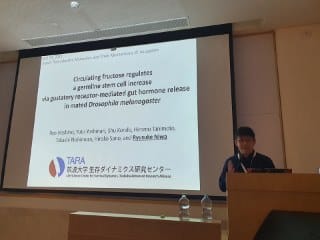


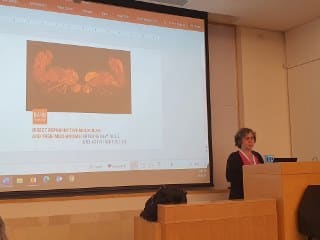
How can the understanding of insect reproduction help control pests and mitigate crop damage?
“First, understanding how insect reproduction works will allow the design of molecules or strategies to interfere with that reproduction, by pest species. This will lower the size of their population, mitigating their damage and spread. Relatedly, and described in one of the talks, alternative food sources and reproductive strategies differ in the fruit fly (Drosophila suzukii) during winter vs summer and could provide a locus for control. Several speakers talked about genetic ways to control the reproduction of agricultural pest flies such as medflies and other tephritids, and mosquitoes; these can be extended to other insects as well.
Second, for some species such as the newly invasive pest D. suzukii, it is their reproductive organs that cause the damage to fruit crops. Therefore, understanding the development and form of those organs, and what the females’ sense in the fruits will help design strategies to mitigate their damage. Some speakers in the suzukii session discussed this.
Third, mapping the genetic basis of their reproduction and spread can help understand how invasive species like D. suzukii spread, as discussed in one of the talks.”
Was specific attention detected to certain specified pests and suggested control methodologies?
“The findings that were discussed here are general to all insect pests. However, there was an emphasis on D. suzukii because of its sudden rise to impact crops and because it is in the same genus that much of the fundamental work on reproduction has been done. But the strategies are broadly applicable. Strategies discussed included ones that can improve SIT (sterile insect-release technique), as well as genetic strategies to collapse populations of pest insects. There was a talk in the suzukii session about physical strategies to protect crops; those are beneficial but not fully effective.”
How can research scientists work make pest control strategies safer and more environmentally- friendly?
“There is a range of options. Chemical insecticides are not ideal since they are broad-spectrum (affect many insects) and resistance could be developed. Thus, other methods are needed. Pheromone traps, based on insect reproductive molecules, have been effective in some cases. Sterile insect release is environmentally friendlier than chemical insecticides (especially in species like mosquitoes where only males need be released) but has logistical challenges when rearing the large numbers of pure single-sex animals and having them be of optimal fertility. The former may be mitigated by some of the genetic techniques presented at this meeting. Other methods that involve release of genetically modified insects are promising in theory, but much care needs to be exercised to contain their spread, and to guard against unknown consequences of the release.”
Read more about the workshop: IRM-BARD (ussl.co.il)




